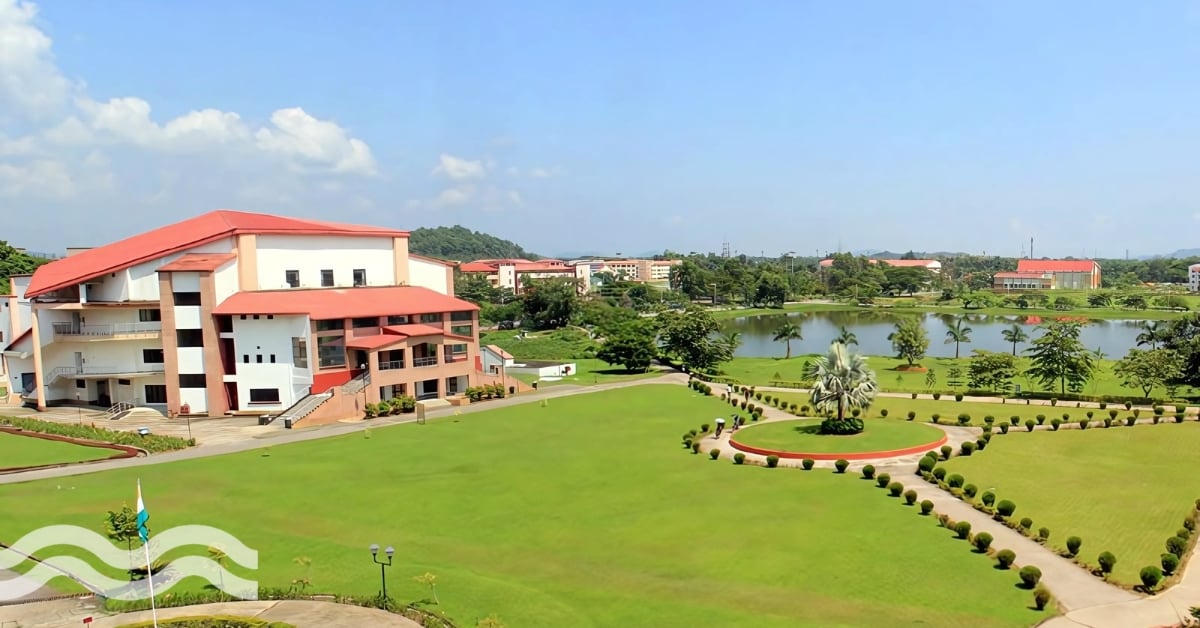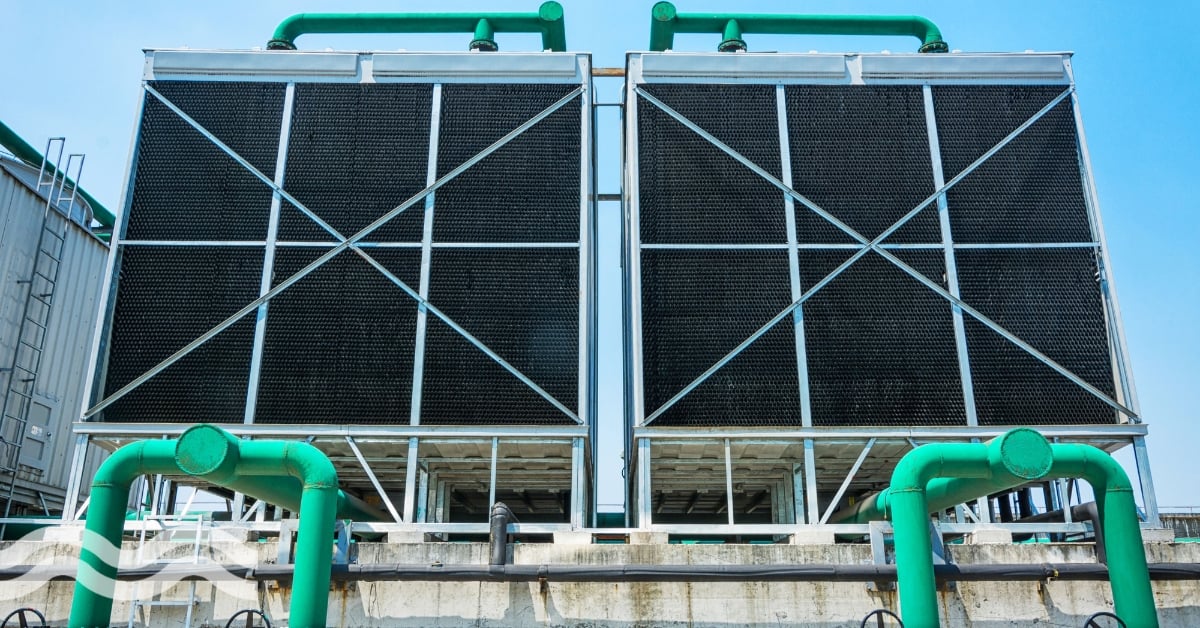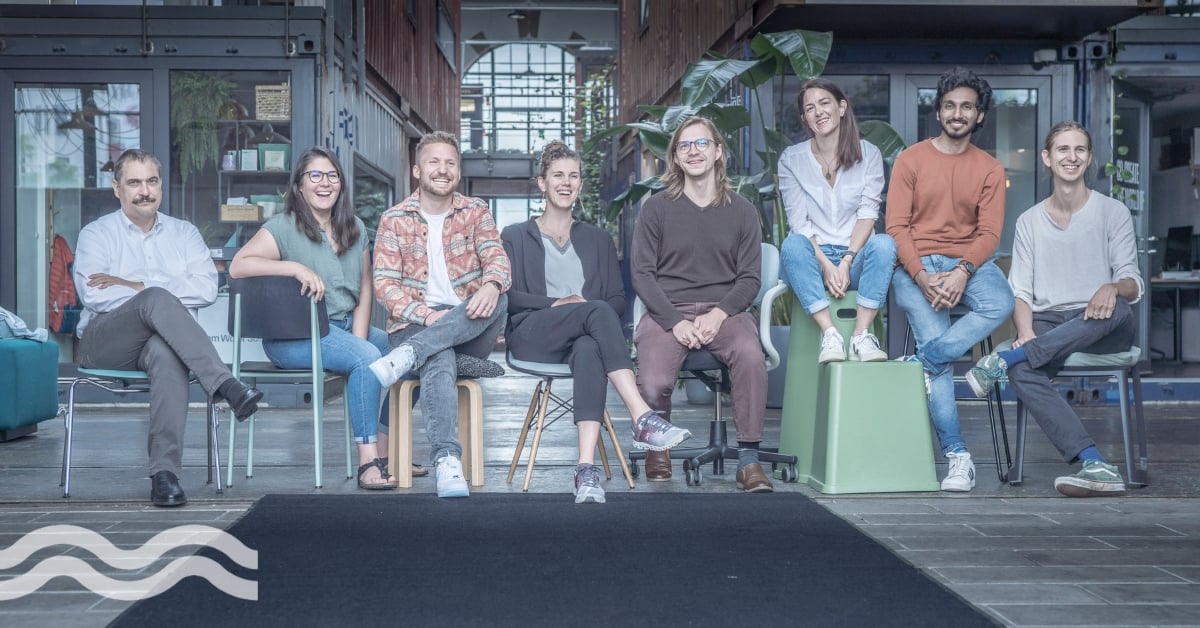US Army & Rijkswaterstaat unite for nature-based solutions advancement

The United States Army Corps of Engineers (USACE) and the Rijkswaterstaat, Dutch Ministry of Infrastructure and Water Management, have come together under a Memorandum of understanding (MoU) to advance the adoption of nature-based solutions.
Send in the Army
The United States Army Corps of Engineers (USACE) and the Rijkswaterstaat, the Dutch Ministry of Infrastructure and Water Management, have come together under a Memorandum of understanding (MoU) to advance the adoption of nature-based solutions.
Nature-based solutions are considered sustainable management and use natural components and processes to tackle socio-environmental challenges.
Their engineers bring a lot to the table, and we hope to leverage their insights and innovations as we as build upon solutions together.
“Due to the country’s geographical placement along multiple river deltas and floodplains, the Netherlands has been battling coastal flooding for centuries,” said Guillermo Mendoza, USACE Institute for Water Resources (IWR) International Program Manager.
"Their engineers bring a lot to the table, and we hope to leverage their insights and innovations as we as build upon solutions together.”
There are multiple challenges to making nature-based solutions mainstream, including increased costs due to expensive supplies, transporting materials, added time or engineering guidance and the associated analysis of the life-cycle costs and benefits.
USACE conducts cost-benefit analysis on projects prior to construction and can also factor in environmental and social justice considerations.
A particular set of skills
As part of the collaboration, the Virginia-based IWR is hosting Matthijs Boersema from Rijkswaterstaat, the Dutch equivalent of the IWR, who began a two-year employee exchange in September.
“There’s much our respective organisations have accomplished individually on this topic. I look forward to participating in mutual capacity building activities, along with the integration of Rijkswaterstaat and USACE comparison case studies,” Boersema said.
“This two-year time frame will give us an opportunity to connect European Union and US activities as relates to Nature-Based Solutions."
Environmental justice is important because it ties underserved communities to our mission.
The USACE and Rijkswaterstaat are also exploring other areas of focus including levee safety, navigation infrastructure, storm surge barriers, and disaster management. Emerging topics of interest include sustainability, asset management, and digitalisation.
“It’s an important conversation right now because our mission is the secure our nation, energise our economy and reduce disaster risk. To do this properly, we need to make sure we consider underserved communities. Environmental justice and climate change are inextricably linked,” Mendoza added.
“Environmental justice is important because it ties underserved communities to our mission. It allows everyone to be involved in the decisions that impact their lives. It’s a complex topic, but by jointly undertaking research activities with partners like Rijkswaterstaat, we mutually support our respective organizational goals and move closer to a meaningful solution.”
The use of nature-based solutions
According to the World Wildlife Fund (WWF), nature-based solutions harness the power of nature to boost natural ecosystems, biodiversity and human well-being to address major societal issues, including climate change.
Examples include restoring wetlands to buffer local communities from flood waters or conserving mangrove forests that provide nurseries for fish and protect nearby homes against storm damage. From protecting salt marshes to restoring forest habitats, nature-based solutions are already in operation across the world.
In the Netherlands, a new research facility called the GeoCentrifuge is helping to test the resilience of nature-based solutions.
Dubbed an “advanced time machine” by using extreme gravity, is testing scale models of water defence constructions under extreme, rare conditions.


